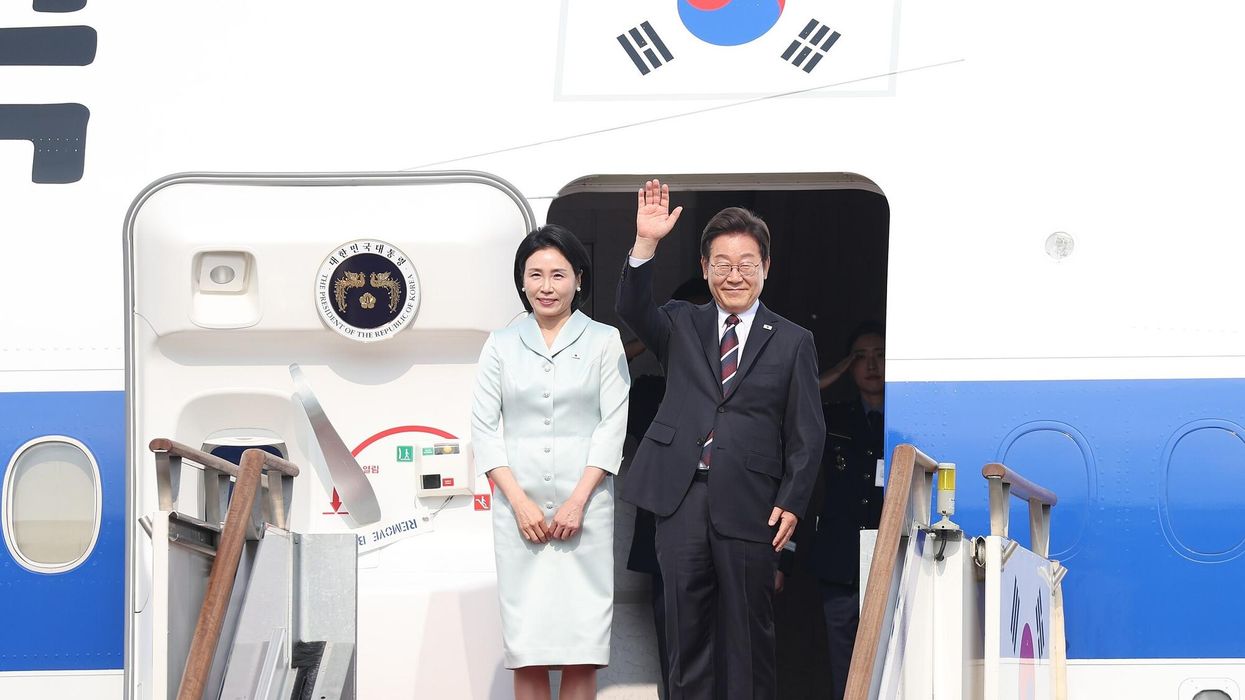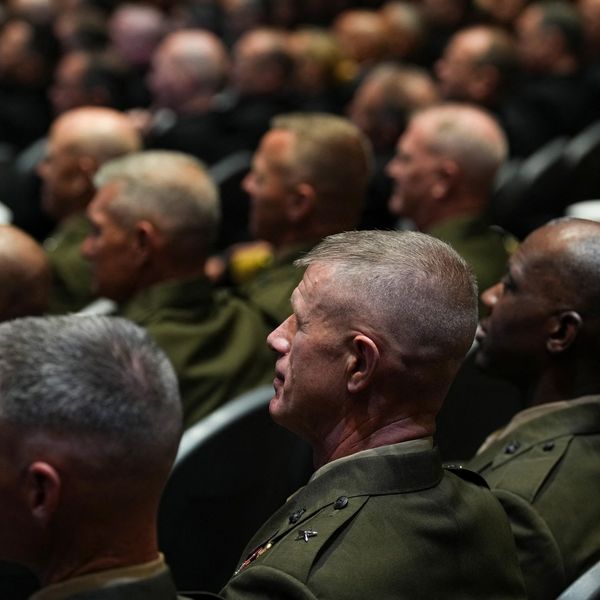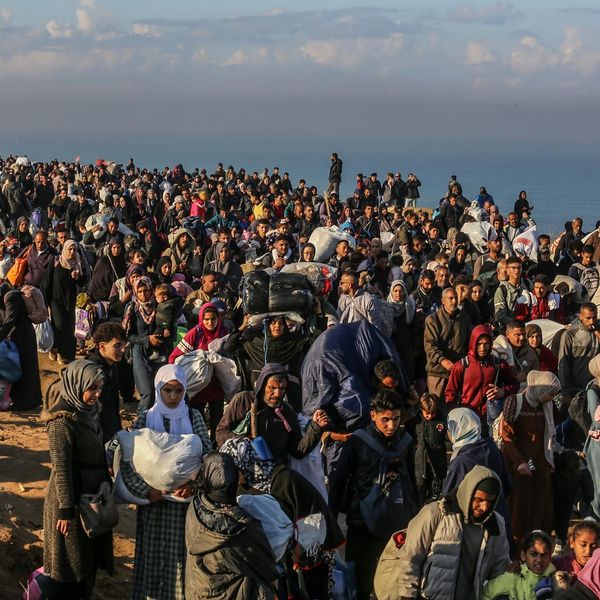Until last week, the hands of the famed Doomsday Clock remained steady since 2018: two minutes to midnight
Now, however, the clock reads just 100 seconds from global catastrophe — a determination made by the Bulletin of Atomic Scientists’ Science and Security Board, with the help of the Bulletin’s Board of Sponsors, which features 13 Nobel Laureates. The Bulletin, which first created the clock in 1947, made the change this year after taking into consideration the threats posed by nuclear weapons, climate change, as well as cyber warfare.
Although no longer the sole determining factor of the clock’s proximity to doomsday, nuclear weapons unmistakably stand as an urgent existential danger to the world.
Among the growing dangers cited by the Bulletin was the uncertain future of nuclear arms control between the United States and Russia, by far the world’s two largest nuclear powers.
Former California Governor Jerry Brown, executive chair of the Bulletin, remarked in response to the new clock’s unveiling last week that “dangerous rivalry and hostility among the superpowers increase the likelihood of nuclear blunder.” In a subsequent op-ed, Brown, along with former United Nations Secretary General Ban Ki-Moon, former President of Ireland Mary Robinson, and former U.S. Defense Secretary William Perry, pointed directly to the immediate extension of the New Strategic Arms Reduction Treaty (New START) as a “concrete” step that would help “turn back the clock and make the world safer.”
Washington and Moscow must immediately move to extend New START. After all, with the collapse of the Intermediate-Range Nuclear Forces (INF) Treaty last August, New START is the only remaining agreement regulating the U.S. and Russian nuclear arsenals. If New START expires next year, there will be no legally binding, verifiable caps on those arsenals for the first time since 1972. This would increase the risk of heightened nuclear competition between Washington and Moscow — as well as Beijing — an outcome that would undermine the security of the United States and its allies.
New START, signed in 2010 by the United States and Russia, limits the U.S. and Russian strategic nuclear arsenals to no more than 1,550 deployed warheads, 700 deployed missiles and heavy bombers assigned to nuclear missions, and 800 deployed and non-deployed missile launchers and bombers. Both sides are believed to be complying with the agreement. New START expires on February 5, 2021, but by mutual agreement, the U.S. and Russian presidents can extend it by up to five years.
New START not only imposes concrete, numerical limits on U.S. and Russian strategic nuclear forces, but also establishes a rigorous inspection and verification regime, complete with regular notifications and data exchanges. Twice yearly, the United States and Russia publish information on their strategic arsenals. Both countries can also each conduct 18 short-notice, onsite inspections a year, and they regularly notify one another on the types and locations of the weapons limited by the treaty. As of January 23, the day the new Doomsday Clock was unveiled, Washington and Moscow have exchanged a total of more than 19,300 notifications in year nine of New START being in effect.
The U.S. military relies on these inspections and information as they, in the words of Deputy Commander of U.S. Strategic Command (STRATCOM) Vice Adm. David Kriete, provide “great insight into Russia’s capabilities, numbers, and all kinds of things associated with their nuclear weapons.”
“We want that information flowing. If we were to lose that for any reason in the future, we would have to go look for other ways to fill in the gaps for the things we get from those verifications,” Kriete said last July.
The notifications and inspections regime established by New START holds such value due to the predictability and transparency about U.S. and Russian strategic nuclear forces that it yields. This, in turn, helps to reduce any incentives for either the United States or Russia to engage in a new arms race — a scenario that would ultimately be more expensive than the already steep price tag on the U.S. nuclear modernization program.
Americans across the country, regardless of political party, already endorse an extension of the accord. A May 2019 poll by the University of Maryland found that 4 out of 5 Americans support New START’s extension, including 77 percent of Republicans and 89 percent of Democrats. A new poll released this month by the Nuclear Threat Initiative of engaged voters in 13 key states determined that 80 percent had a favorable reaction to an extension of the treaty, as well as pursuant negotiations to further reduce nuclear weapons.
For its part, Moscow has communicated its desire to extend New START. Last December, Russian President Vladimir Putin said, “Russia is willing to immediately, as soon as possible, before the year is out, renew this treaty without any preconditions.” In the time since, Foreign Minister Sergey Lavrov and Deputy Foreign Minister Sergey Ryabkov have both emphasized this message, as well as hinted that time to secure an extension is running short.
The Trump administration, however, says that its decision about the future of New START is still “under consideration.”
Two roadblocks to extension, in the eyes of the Trump administration, are that New START neither addresses new nuclear weapon delivery systems under development by Russia nor includes China.
Yet, Russia announced in November that New START would cover two of the new Russian systems unveiled by Putin in March 2018 that are closest to deployment: the Sarmat, a new intercontinental ballistic missile, and Avangard, a hypersonic glide vehicle. The other new Russian strategic systems — a nuclear-armed long-range torpedo and a nuclear-powered cruise missile — would not likely be deployed before 2026, after a five-year extension of New START.
As for China, it has repeatedly communicated its opposition to joining arms control negotiations at this time. The Foreign Ministry’s spokesman commented recently that “this position is very clear and has been widely understood by the international community, including Russia.” Besides, China has no incentive to participate given its nuclear arsenal is less than one-tenth the size of those of the United States and Russia. Further, Moscow has argued that, if the United States insists on China’s inclusion, then the United Kingdom and France should be brought into the discussions as well. Even if China were interested in talks, there is no time to negotiate a new trilateral, let alone multilateral, arms control agreement before New START expires.
Ultimately, what the Trump administration should decide regarding the future of New START is very clear: extend the treaty by five years, until 2026, and then begin discussions and negotiations on what arms control agreement will come next, including determining what countries will participate and what new weapons will be covered. The two are not mutually exclusive — in fact, New START would create an essential foundation from which to pursue a more comprehensive agreement.
The Doomsday Clock highlighted that time to pull humanity back from disaster is rapidly running out — but one indisputable way to step back from the brink is to extend New START immediately.
















